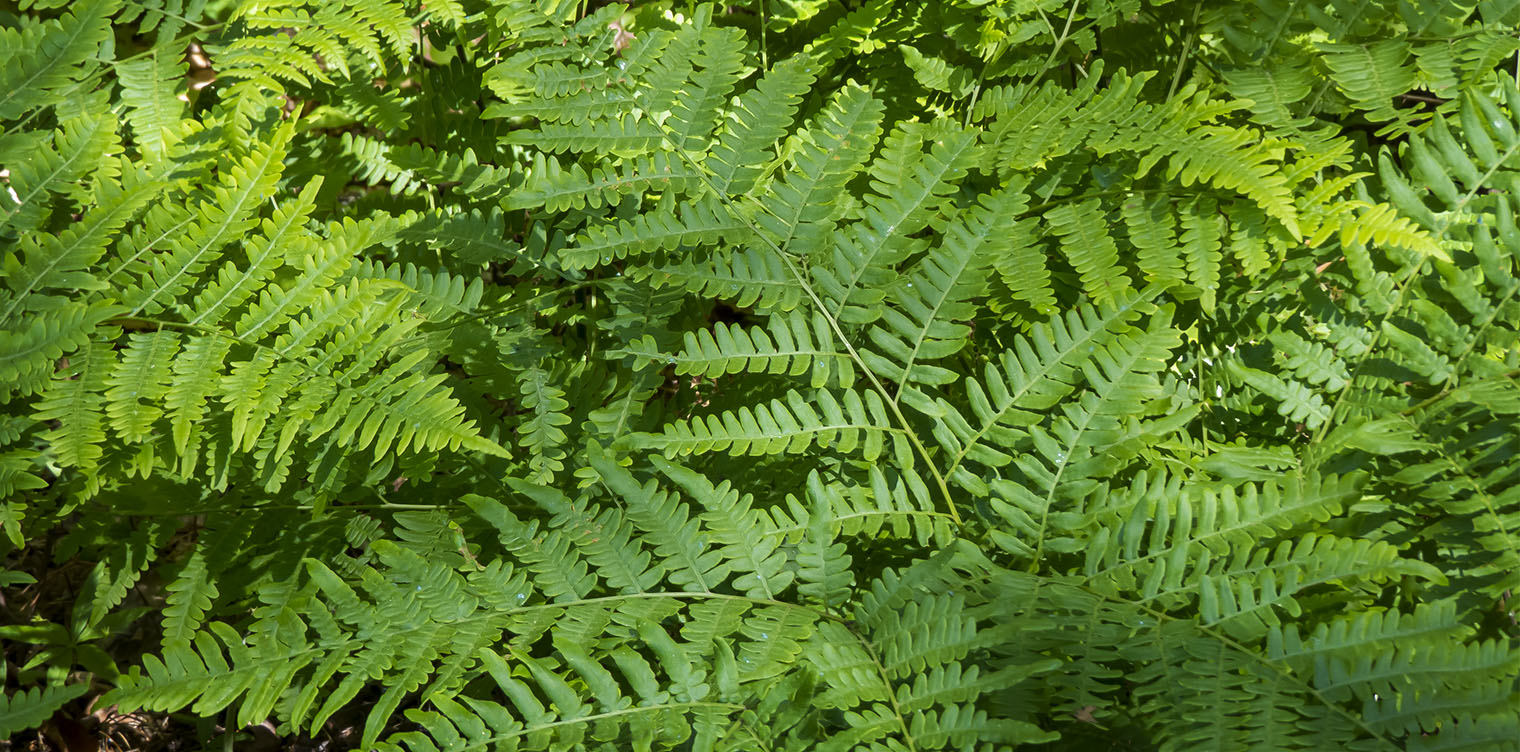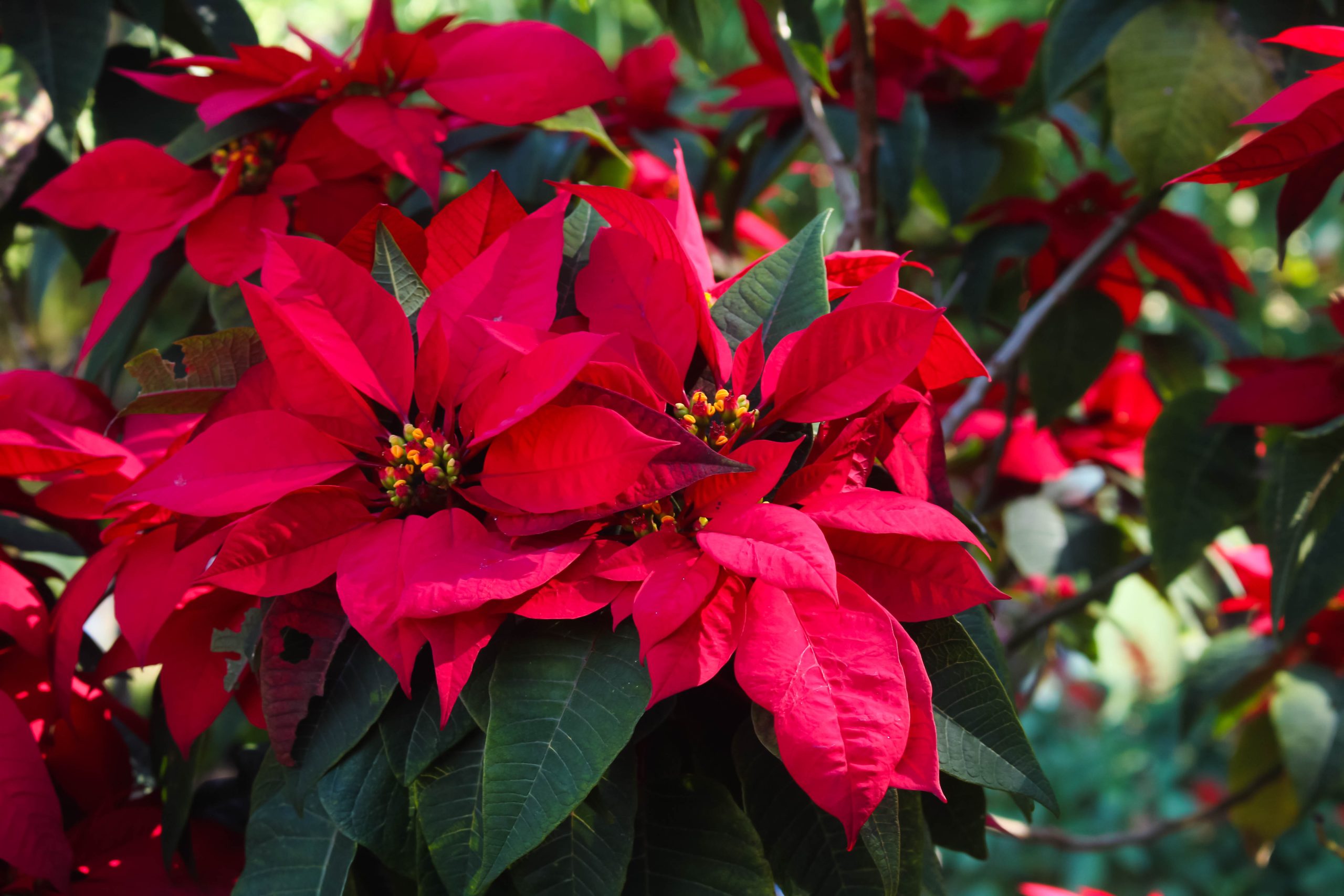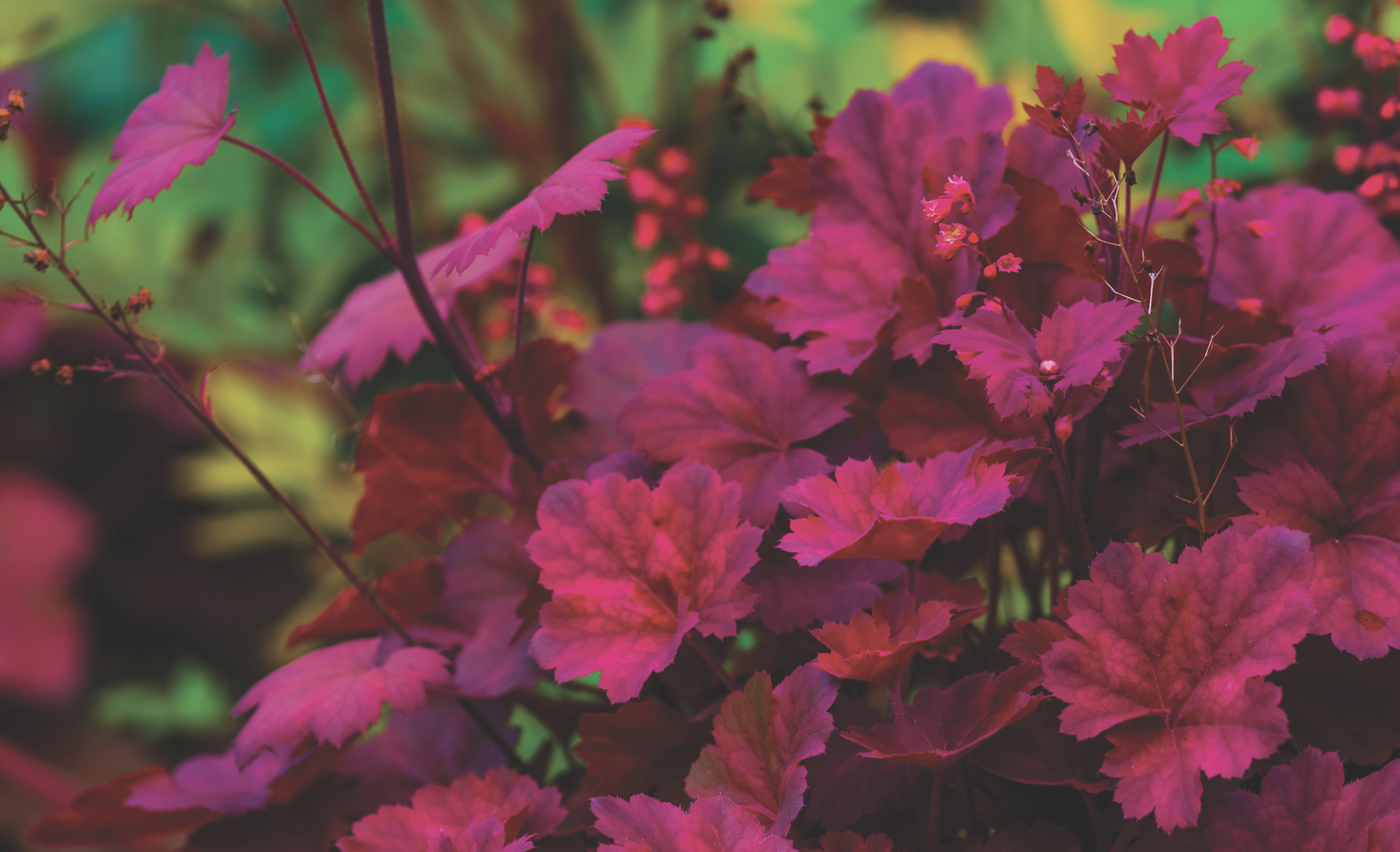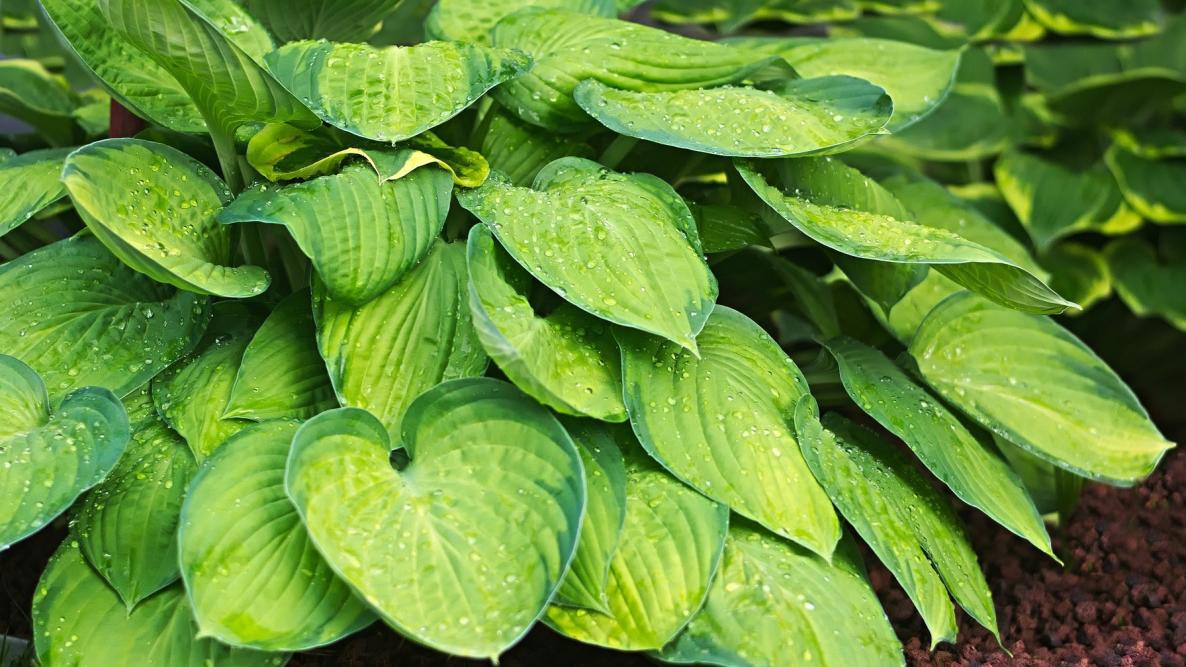Dogs are a treat for gardeners — they don’t care if the yard is mowed, if your flower color scheme is lacking or whether your hedge is pruned. They are always happy to see you and never have mood swings or a hormonal imbalance. Pets add an extra dimension to your life, but are not always friendly toward your plants. Their “dog-mind” must see them as leafy playmates or enemies. New plantings can put up a pretty good fight, but the dog always wins even if mothballs are involved.
Magazines portray the lovely homeowner in the garden with three well-behaved dogs that even sit still for the photo session. I can only imagine that these dogs are brought out for the camera and then taken back into the house before they get dirty. My dog is an outside friend, and my garden always has traces of where my dog eats, sleeps, digs, plays and the most destructive activity of smelling out rabbits.
Having lived in one spot for many years and having had a plethora of new puppies, I have certain rules that have helped me to get along with “man’s best friend.” Dogs appear to be like cows in that they have paths, and each dog always runs in the same path, area around the house. Never try to fight the dog path. If your dog has made a path you need to enjoy your new walkway and make it appealing. Mine are pea graveled.
When you start a new bed ,remember all dogs like newly tilled soil. Once you disturb the soil, they want to help you plow it further, and then it’s a delightful place to lie down and sleep. Your dog doesn’t mind if you have just planted pansies in that newly tilled area. It may help if you keep the dog away while tilling and then watch for several days to make sure this new bed isn’t calling to him.
A way to protect plants is by installing a low decorative fence around beds and borders. If your dog is home alone a lot, you might have to consider a sturdy six-foot wood or iron fencing. I had a friend who tried to keep her pet out of a border garden located close to her front door. First she tried a small wire fence, then she put up a heavier post; she also tried tying ribbons of various colors on the wire. I’m not sure if this was for the dog or birds. Next, she installed a taller, heavier gauge wire braced haphazardly over her first fence. It looked terrible; the plants she was trying to save were unnoticed compared to the eyesore she had slowly developed trying to keep her pooch out of the flower bed.
If digging is the problem, you can try using light chicken wire or other light woven wire over bulb plantings. This can also work over emerging perennials or newly planted annuals so that your dog won’t tromp there. (I think it must hurt their paws). I have an area that I allow our dog to dig in beside the air conditioning unit behind the house. She is happy with the location, and so am I.
In an enclosed yard, urine and feces can be unsightly. Some pet owners have created a designated area where their dog can be tied while doing his business, using center a stake in a gravel area to prevent urine from leaving dead spots on the lawn. Others have trained their dog to go to a required area. I have never tried either of these methods but have noticed that a dog will go farther away from the house as she gets older, keeping the front yard clean, but my neighbor’s dogs don’t understand the clean front yard rule.
Another solution for keeping your garden pretty might be using electronic fencing. This underground fencing can be laid out in any configuration. It forces the dog to one part of the landscape or paths. This fencing only works on your dog, not visiting canines. Also, we have radio-activated collars that shock your pet if he wanders so many feet away from the signal, say 40 feet in all directions. My daughter has a collar on her dog, and the neighbors have the same system, so the dogs can go back and forth between the two yards. Again, this only works on your pet wearing a collar and not on visiting pets.
Another suggestion would be clay pots or container gardening. This way you have your garden, and it is out of reach of your puppy. Container gardening is currently an “in thing”. If this does not deter him, you might try cayenne pepper or citronella oil on your plants.
In doing research for this article, I came across a book by Cheryl Smith titled Dog Friendly Gardens, Garden Friendly Dogs. This paperback book has 191 pages, and the book explains how to design your garden with your dog in mind and how to train your dog with your garden in mind. One of the keys is to observe your dog’s behavior. She includes a section on how the breed can affect behavior in the garden and how to avoid dog-garden conflict by good garden design. Ms. Smith’s book also includes a section on how to grow fruits and vegetables for the entire family – including the dog! My husband was excited about the aspect that a dog will actually eat vegetables. He enjoys feeding our dog table scraps but has never been able to get her to eat lettuce, green beans, carrots, broccoli or any other fruit or vegetable. (Of course I haven’t been able to get him to eat any vegetables either.) Our dog will occasionally chew on an apple or pear, but I don’t think she actually swallows.








